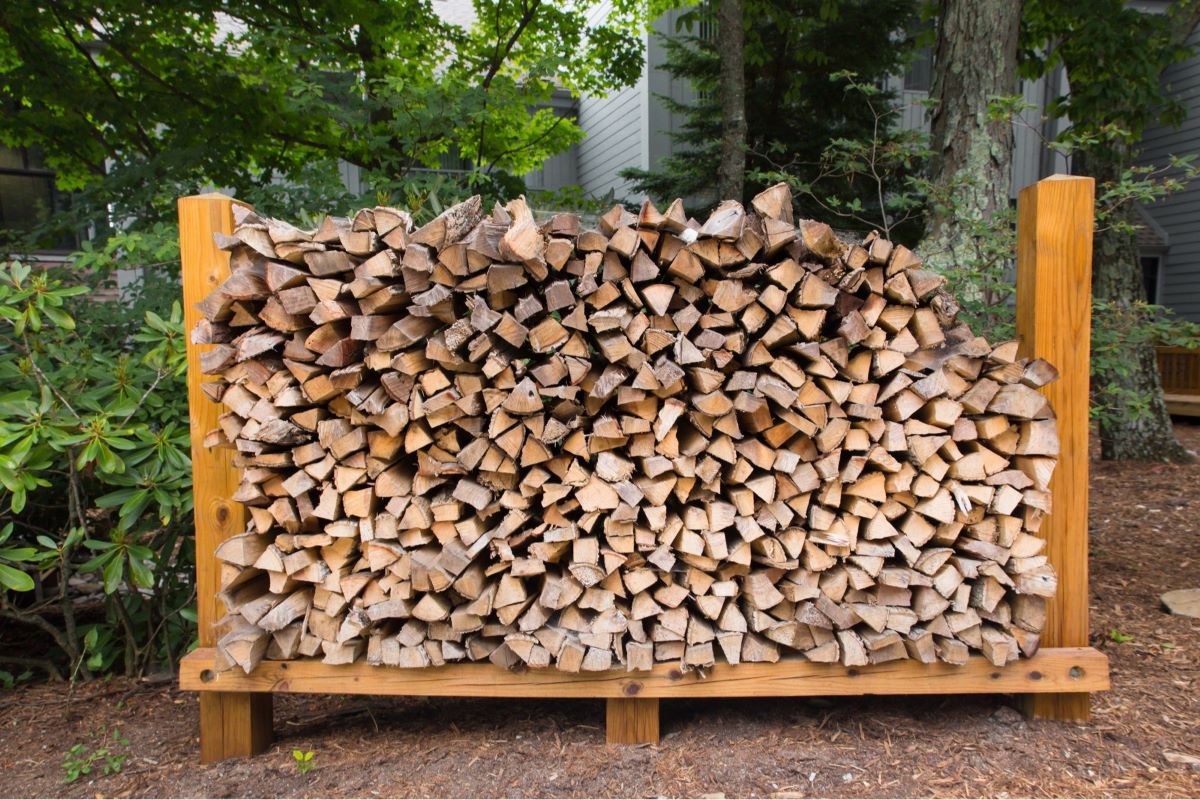

Articles
How To Store Firewood To Avoid Termites
Modified: January 19, 2024
Learn how to store firewood properly to prevent termite infestations. Read our informative articles for tips and tricks.
(Many of the links in this article redirect to a specific reviewed product. Your purchase of these products through affiliate links helps to generate commission for Storables.com, at no extra cost. Learn more)
Introduction
When it comes to heating our homes during the colder months, firewood is a popular and efficient choice. However, storing firewood improperly can lead to an unwanted infestation of termites. These small pests can cause severe damage to your property, making it crucial to take preventative measures to keep them at bay.
In this article, we will explore how to store firewood in a way that minimizes the risk of a termite infestation. By understanding the behavior of termites and implementing proper storage techniques, you can enjoy the warmth of a cozy fire without worrying about potential damage to your property.
Let’s delve into the world of termites and discover how to store firewood effectively to keep them away.
Key Takeaways:
- Properly storing firewood away from structures, elevating it off the ground, and using waterproof covers are key to preventing termite infestation and protecting your property.
- Regular inspections, monitoring moisture levels, and considering preventive treatments are essential for early detection and further enhancing termite prevention.
Read more: How To Store Firewood Indoors
Understanding Termites and Firewood
Before diving into storage techniques, it’s essential to understand the connection between termites and firewood. Termites are small insects that feed on cellulose, a material found in wood. They play a crucial role in the ecosystem by breaking down dead wood into organic matter. However, when they invade structures and feed on our property, they become a pest.
Firewood, being a prime source of cellulose, is an attractive food source for termites. When the firewood is stored improperly, it can create an ideal environment for termites to thrive. The moisture content and accessibility to the wood play significant roles in determining whether or not termites will infest your firewood storage area.
Termites are attracted to moisture, which is why damp firewood is a breeding ground for infestations. Additionally, having firewood in direct contact with the soil creates an easy pathway for termites to access the wood. Understanding these factors will help you make informed decisions when selecting a suitable storage location and implementing preventative measures.
Now that we have a basic understanding of termites and their connection to firewood, let’s move on to choosing a proper storage location.
Choosing a Suitable Storage Location
The first step in properly storing firewood to avoid termites is selecting the right storage location. Here are some factors to consider:
- Distance from Structures: When choosing a storage location, it’s important to keep a safe distance from any structures, such as your house or shed. This will help prevent termites from easily accessing your property.
- Sunlight Exposure: Opt for a storage area that receives ample sunlight. The heat from the sun will help reduce moisture content in the wood, making it less attractive to termites.
- Air Circulation: Good airflow is essential in preventing moisture buildup. Choose a location where the firewood can receive proper ventilation and avoid spots that are enclosed or prone to trapping moisture.
- Avoid Ground Contact: Elevating the firewood off the ground is crucial in minimizing termite infestation. Place the firewood on pallets, concrete blocks, or a firewood rack to create a barrier between the wood and the soil.
- Accessibility: Consider accessibility when choosing a storage location. You’ll want to ensure it’s convenient to transport firewood to your home while also providing easy access for regular inspections and maintenance.
By taking these factors into account, you can choose a suitable storage location that minimizes the risk of termite infestation and promotes the proper drying of the firewood.
Next, let’s explore how to prepare the storage area before storing the firewood.
Preparing the Storage Area
Preparing the storage area is an important step in storing firewood to avoid termites. Here are some essential steps to follow:
- Clean the Area: Clear any debris, leaves, or old firewood from the storage area. This will help eliminate hiding spots for termites and other insects.
- Remove Potential Termite Attractors: Inspect the surrounding area for any decaying wood or stumps. Remove them, as they can attract termites and increase the risk of infestation.
- Make Sure the Area is Dry: Ensure that the storage area is free from excessive moisture. Remove any damp soil or standing water, as these create a conducive environment for termites.
- Trim Vegetation: Trim back any overhanging branches or vegetation near the storage area. This will prevent termites from using these as a bridge to access the firewood.
By taking these preparatory steps, you create a clean and dry environment that is less attractive to termites. This sets the foundation for effective firewood storage and reduces the likelihood of a termite infestation.
Now that the storage area is ready, let’s move on to the next step: elevating the firewood off the ground.
Elevating Firewood off the Ground
Elevating firewood off the ground is a crucial step in preventing termite infestation. When firewood is in direct contact with the soil, it provides an easy pathway for termites to access the wood. Elevating the firewood creates a barrier that hinders termite movement. Here’s how you can elevate your firewood:
- Using Pallets: One of the simplest ways to elevate firewood is by using pallets. Place the pallets on a level surface and stack the firewood on them. This raises the wood off the ground and allows for proper airflow.
- Concrete Blocks: Another option is to use concrete blocks. Position the blocks a few feet apart and stack the firewood on top. The gaps between the blocks provide ventilation and prevent direct contact with the soil.
- Firewood Racks: Firewood racks are specially designed for storing firewood off the ground. They come in various sizes and styles and provide optimal airflow and protection against termite infestation.
When elevating firewood, it’s important to maintain a stable and level surface. This will prevent the firewood from tipping over and ensure the longevity of your storage setup.
By elevating your firewood off the ground, you create a physical barrier that helps deter termites from accessing it. This, combined with proper storage techniques, significantly reduces the likelihood of a termite infestation.
Next, let’s discuss the importance of using proper firewood covers.
Store firewood at least 20 feet away from your home and off the ground to avoid termites. Use a firewood rack or pallets to keep it elevated and dry.
Read more: How To Store Firewood
Using Proper Firewood Covers
Using the right firewood covers is essential in protecting your firewood from moisture and deterring termites. A good cover creates a barrier that prevents rain, snow, and excess moisture from reaching the firewood. Here are some tips for using proper firewood covers:
- Choose Waterproof Covers: Opt for covers made from waterproof materials, such as heavy-duty plastic or vinyl. These covers will effectively shield the firewood from rain and snow, keeping it dry and less appealing to termites.
- Cover the Top and Sides: Ensure that the entire stack of firewood is covered, including the top and sides. This provides complete protection against moisture and prevents termites from easily accessing the wood.
- Secure the Covers: Use bungee cords, ropes, or weights to secure the covers tightly around the firewood stack. This will prevent wind from blowing the covers off and exposing the wood to moisture.
- Monitor for Condensation: While covers help keep out external moisture, they can also trap moisture inside. Regularly check the inside of the covers for condensation and remove any excess moisture to maintain a dry storage environment.
Properly covering your firewood not only protects it from moisture but also creates a barrier against termites. By eliminating their access to the wood and maintaining a dry environment, you greatly reduce the risk of termite infestation.
Along with using proper firewood covers, it’s crucial to maintain a safe distance between the storage area and any structures. Let’s explore this in the next section.
Maintaining a Safe Distance from Structures
Maintaining a safe distance between the firewood storage area and structures, such as your house or shed, is an important consideration when storing firewood. By keeping a distance, you can minimize the risk of termites spreading from the firewood to your property. Here’s why it’s important:
- Preventing Termite Access: Termites can easily transfer from firewood to nearby structures if they are in close proximity. By maintaining a safe distance, you create a barrier that makes it more challenging for termites to reach your property.
- Reducing Structural Damage: If termites do infest your firewood, the chances of them spreading to your home or other structures decrease significantly when there is a sufficient distance between them. This helps minimize potential damage to your property.
- Facilitating Inspections: Keeping a safe distance allows for better visibility and accessibility when inspecting both the firewood stack and the structures. Regular inspections are crucial in detecting any signs of termite activity early on and taking necessary action.
When positioning your firewood storage area, aim for a distance of at least 20 feet from any structures. This provides a sufficient buffer zone and reduces the likelihood of termite infestation spreading to your property.
Remember, prevention is key when it comes to termites. By implementing proper storage techniques and maintaining a safe distance from structures, you significantly decrease the risk of a termite infestation.
Next, let’s discuss the importance of regular inspections and monitoring.
Regular Inspections and Monitoring
Regular inspections and monitoring are vital in detecting any early signs of termite infestations and taking prompt action to prevent further damage. Here are some key points to keep in mind:
- Schedule Inspections: Set a schedule for inspecting your firewood storage area, ideally every few weeks or at least once a month. This will allow you to catch any signs of termite activity early on.
- Look for Visible Signs: During inspections, carefully examine the firewood stack for any visible signs of termites. These may include mud tubes, termite droppings (frass), or hollowed-out wood. Pay close attention to the base of the stack and areas in contact with the ground.
- Monitor Moisture Levels: Check the moisture content of the firewood regularly using a moisture meter. Aim for a moisture level of around 20% or lower, as higher moisture content can attract termites.
- Take Action if Infestation is Detected: If you notice any signs of a termite infestation, take immediate action to address the issue. Consult a professional pest control expert to determine the best course of treatment and protect your property from further damage.
In addition to regular inspections, it’s important to monitor the areas around your firewood storage for any signs of termite activity. Keep an eye out for mud tubes near the storage area and check nearby structures for potential termite damage.
By staying vigilant and conducting regular inspections, you can detect termite infestations early and implement timely measures to protect your property and firewood stack.
Now, let’s explore preventive treatment options that can further enhance termite prevention.
Applying Preventive Treatment Options
In addition to proper storage techniques and regular inspections, there are preventive treatment options you can consider to further enhance termite prevention for your firewood storage area. Here are some options to explore:
- Treating the Wood: Apply a termite-resistant treatment to the firewood itself. There are various wood preservatives available on the market that can help deter termites. Follow the manufacturer’s instructions for proper application.
- Applying Termiticides: Consider applying termiticides around the perimeter of the storage area. These chemical treatments create a protective barrier that repels or kills termites. Consult a pest control professional to determine the most suitable termiticide for your specific situation.
- Using Natural Remedies: Some natural remedies, such as using cedar chips, neem oil, or orange oil, are believed to have termite-repellent properties. While they may not provide complete protection, they can serve as additional deterrents.
- Seek Professional Assistance: If you’re unsure about the best preventive treatment options for your firewood storage area, it’s advisable to consult a professional pest control expert. They can assess your specific situation and recommend the most effective treatment strategies.
It’s important to note that preventive treatments are not foolproof and should be used in conjunction with proper storage techniques and regular inspections. Additionally, it’s crucial to follow the instructions provided by the manufacturers or professionals when applying any treatments.
By considering these preventive treatment options, you can add an extra layer of protection to your firewood storage area and further reduce the risk of termite infestation.
Let’s wrap up the article with a recap of the key points discussed.
Read more: How To Store Firewood In Garage
Conclusion
Properly storing firewood to avoid termite infestation is essential for protecting both your firewood supply and your property. By understanding the behavior of termites and implementing effective storage techniques, you can minimize the risk of termite damage and enjoy a warm and cozy fire without worry.
Key aspects to consider when storing firewood to prevent termite infestation include choosing a suitable storage location away from structures, preparing the storage area by clearing debris and ensuring dry conditions, and elevating the firewood off the ground using pallets, concrete blocks, or firewood racks.
Using proper firewood covers made of waterproof materials and securing them tightly will help keep the firewood dry and deter termites. Additionally, maintaining a safe distance between the storage area and structures reduces the risk of termite spread.
Regular inspections and monitoring are crucial in detecting early signs of termite activity. By scheduling regular inspections, checking for visible signs of termite infestation, and monitoring moisture levels, you can take prompt action if an infestation is detected.
Consider applying preventive treatment options such as treating the wood with termite-resistant products, using termiticides around the storage area, or using natural remedies to further enhance termite prevention.
Remember, prevention is key when it comes to termite infestation. By implementing these storage techniques, conducting regular inspections, and taking preventive measures, you can protect your firewood supply and safeguard your property against termite damage.
Now that you’re equipped with the knowledge to store firewood effectively, you can enjoy the warmth of your firewood without worrying about unwanted termite guests.
Frequently Asked Questions about How To Store Firewood To Avoid Termites
Was this page helpful?
At Storables.com, we guarantee accurate and reliable information. Our content, validated by Expert Board Contributors, is crafted following stringent Editorial Policies. We're committed to providing you with well-researched, expert-backed insights for all your informational needs.
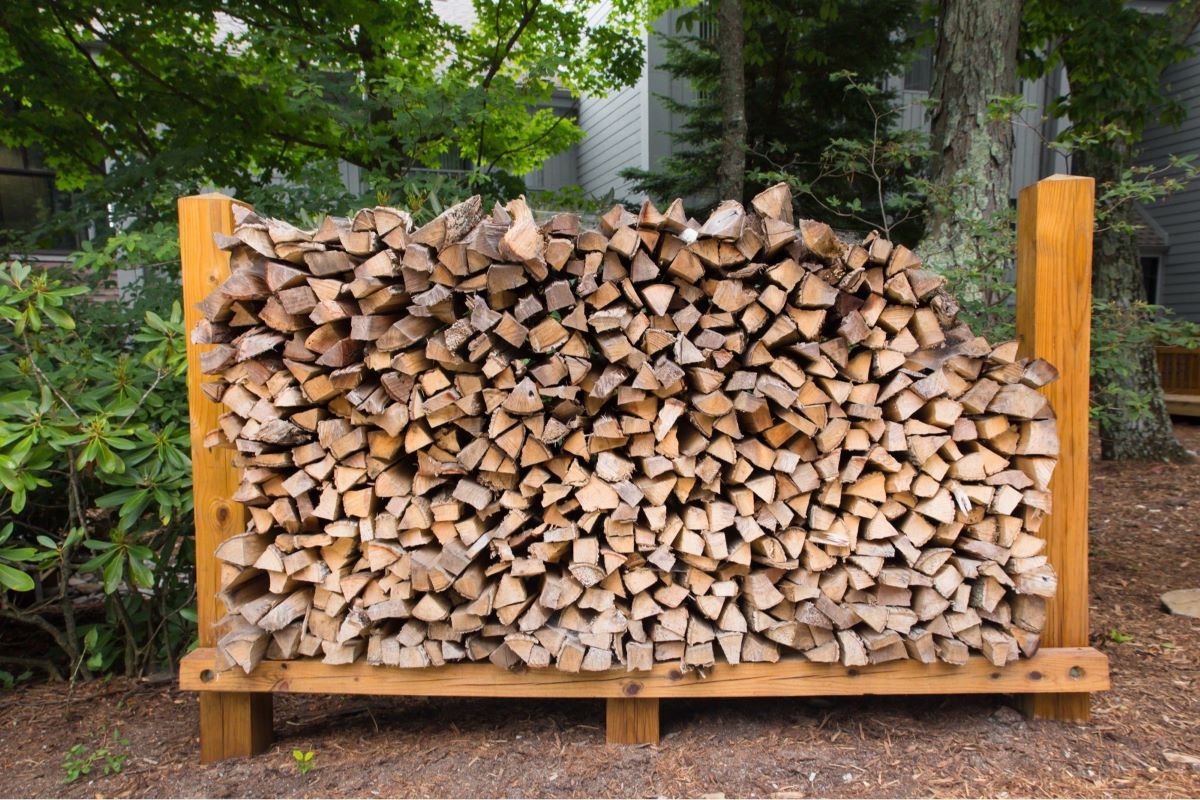
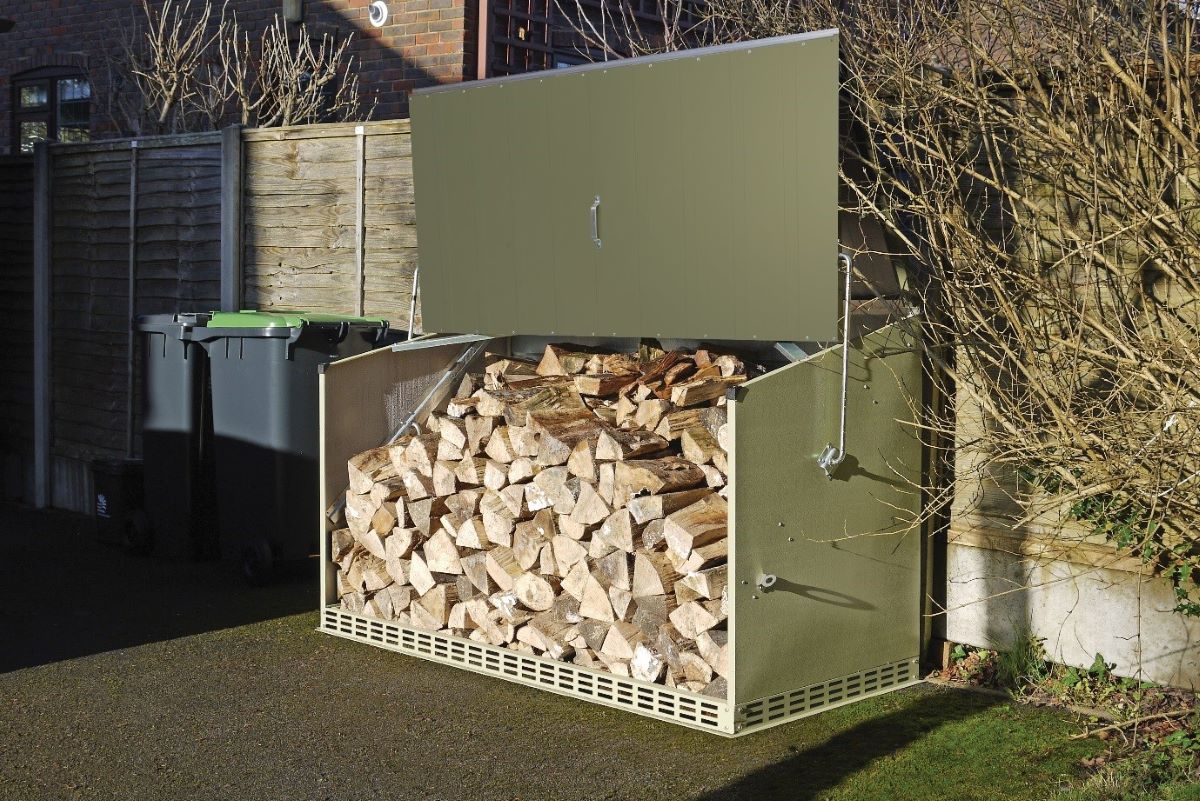
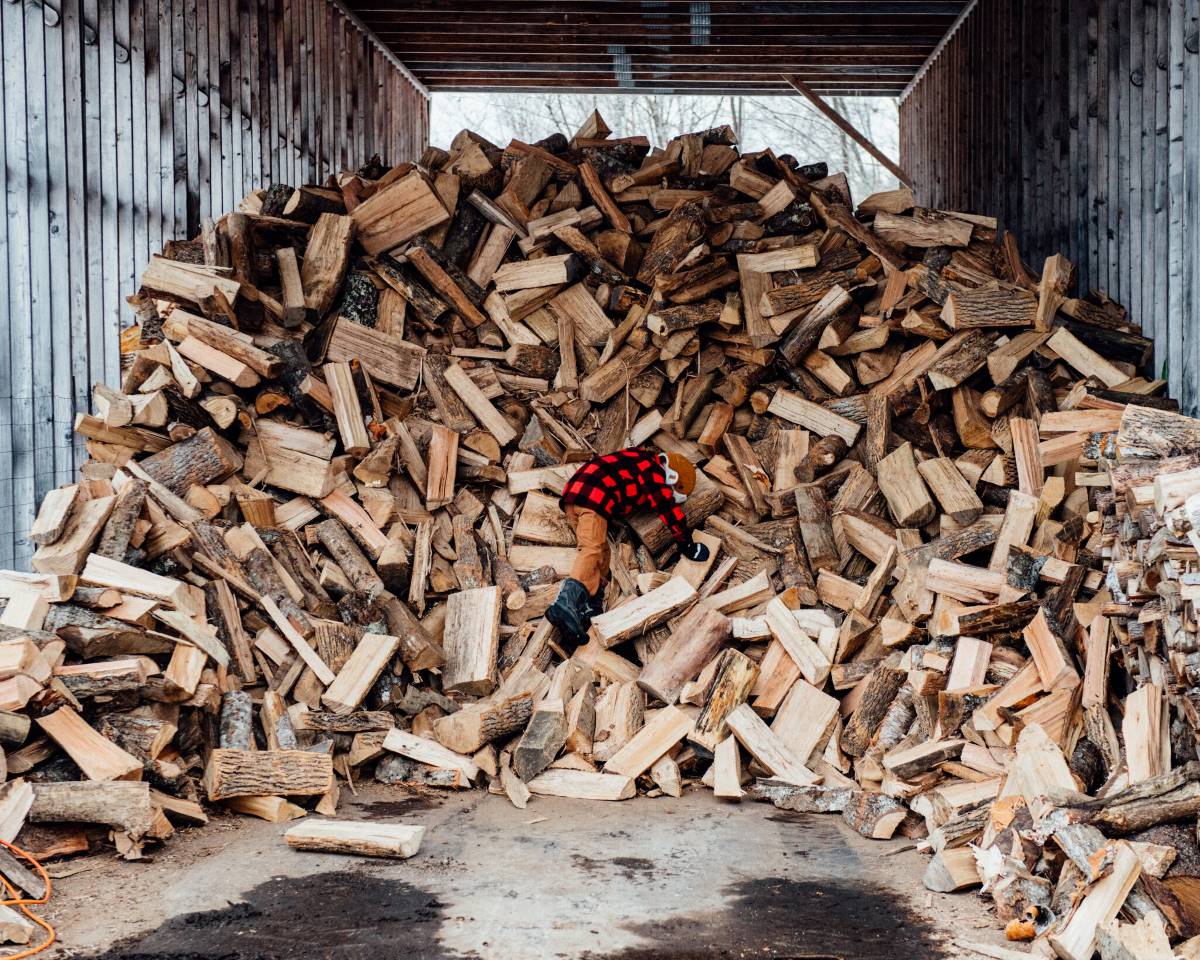
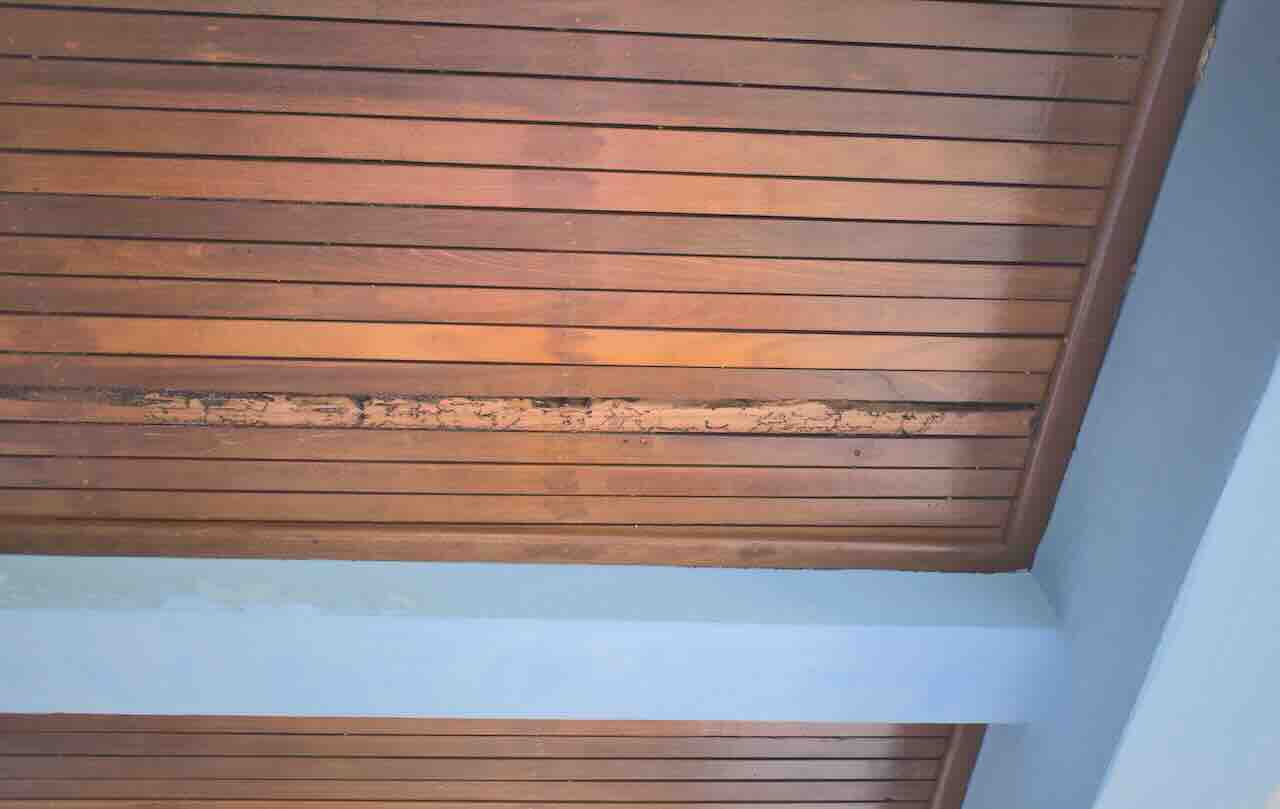
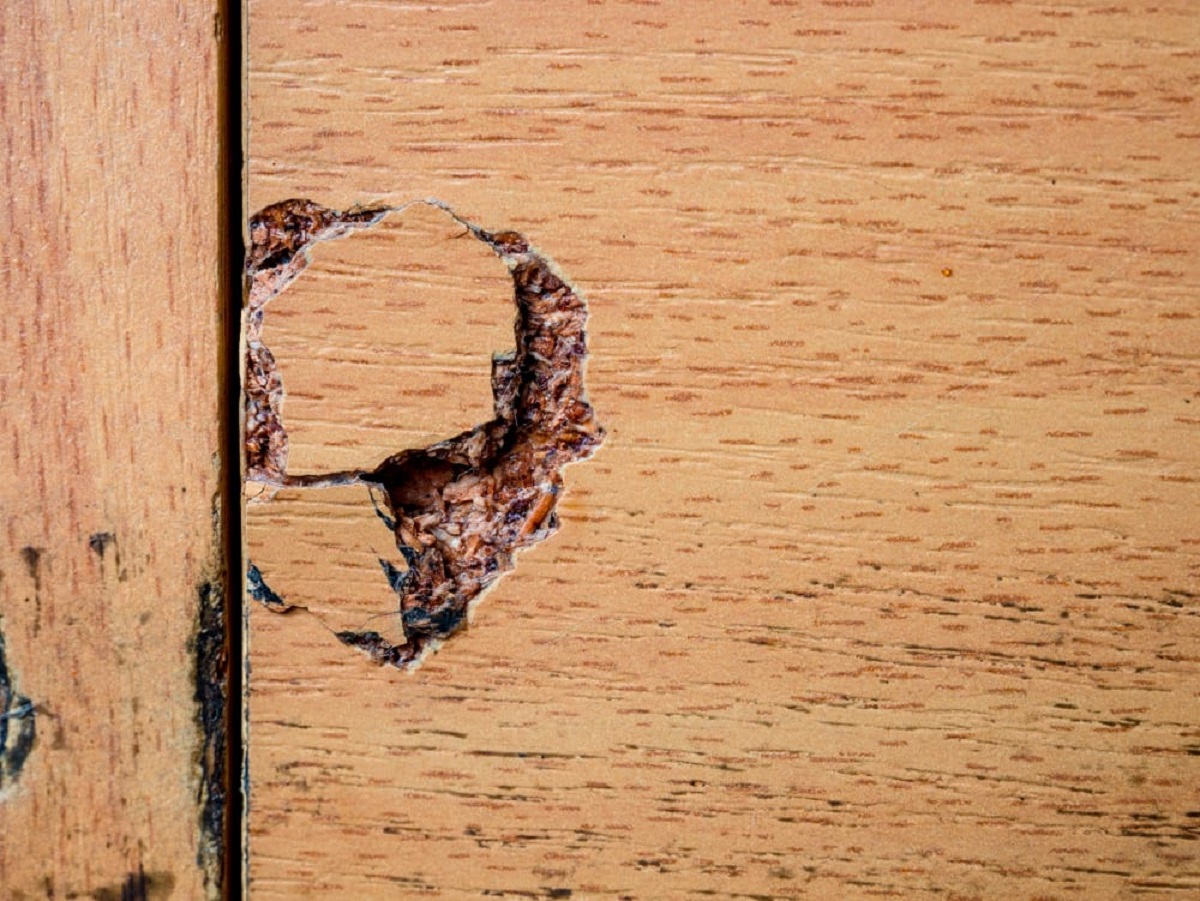
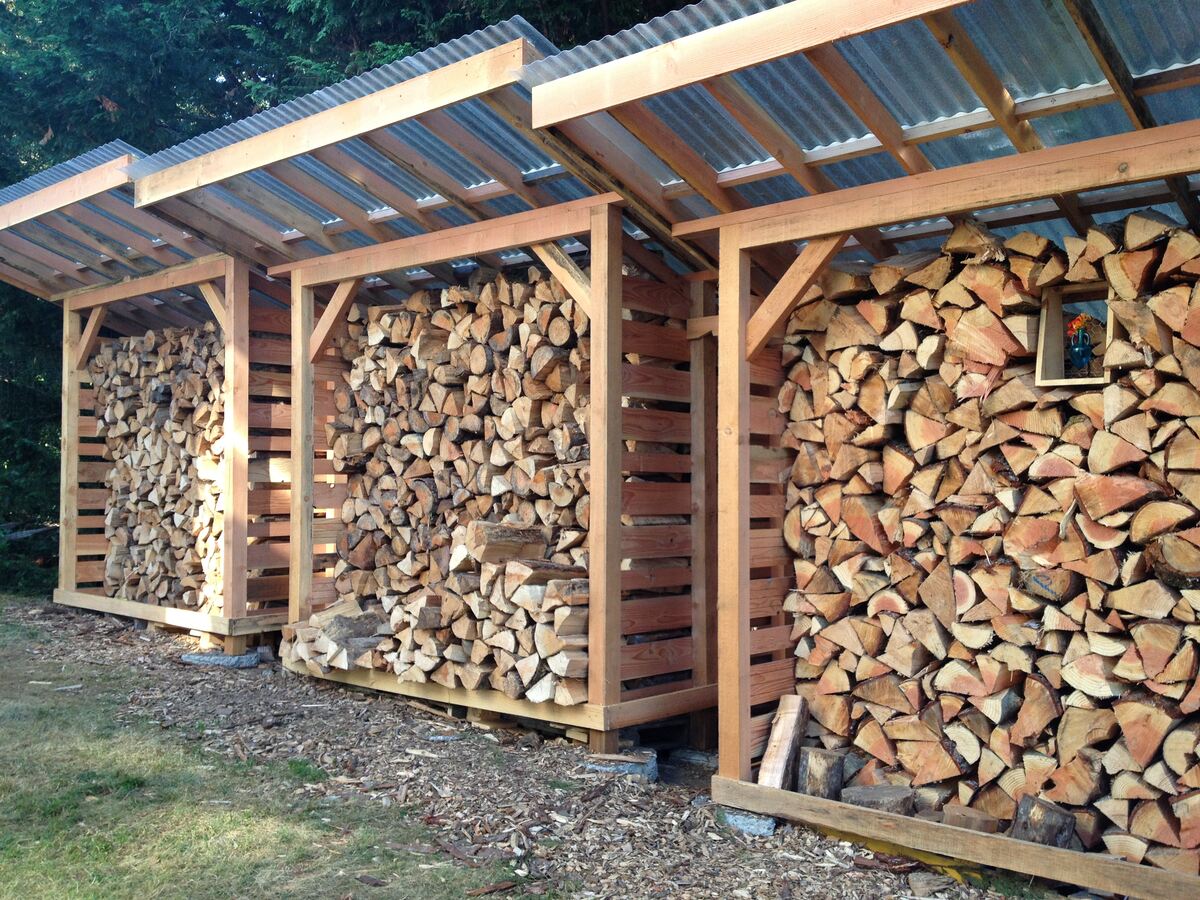



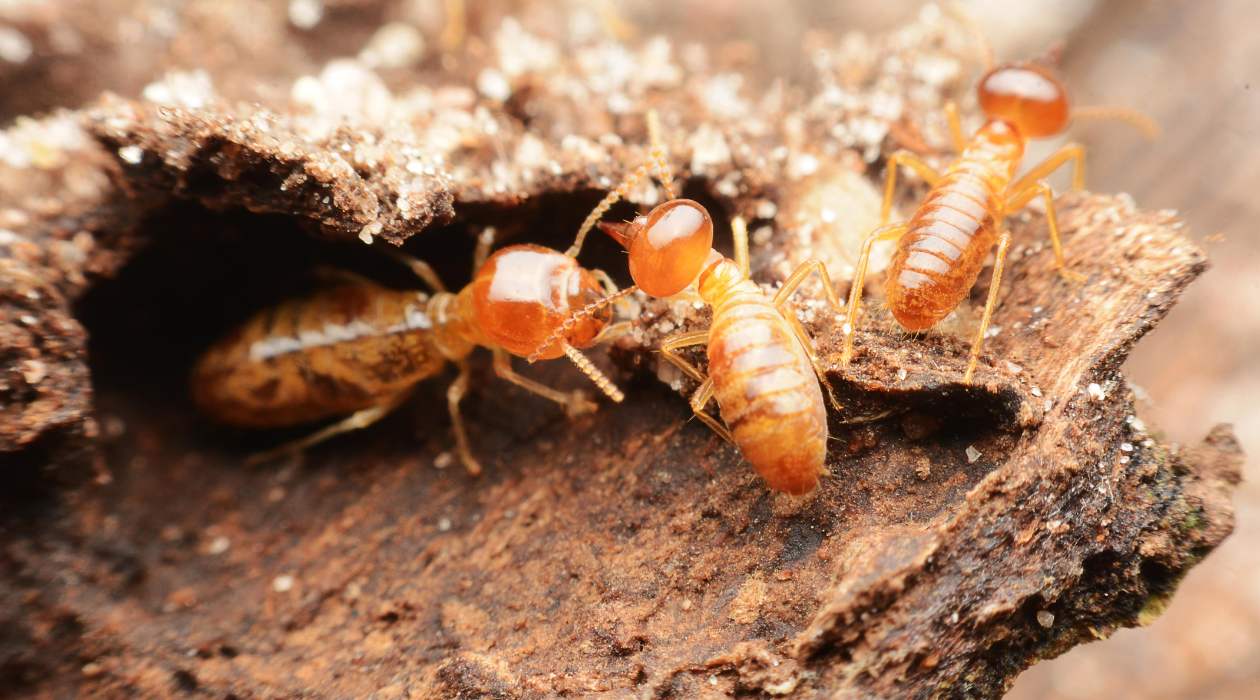
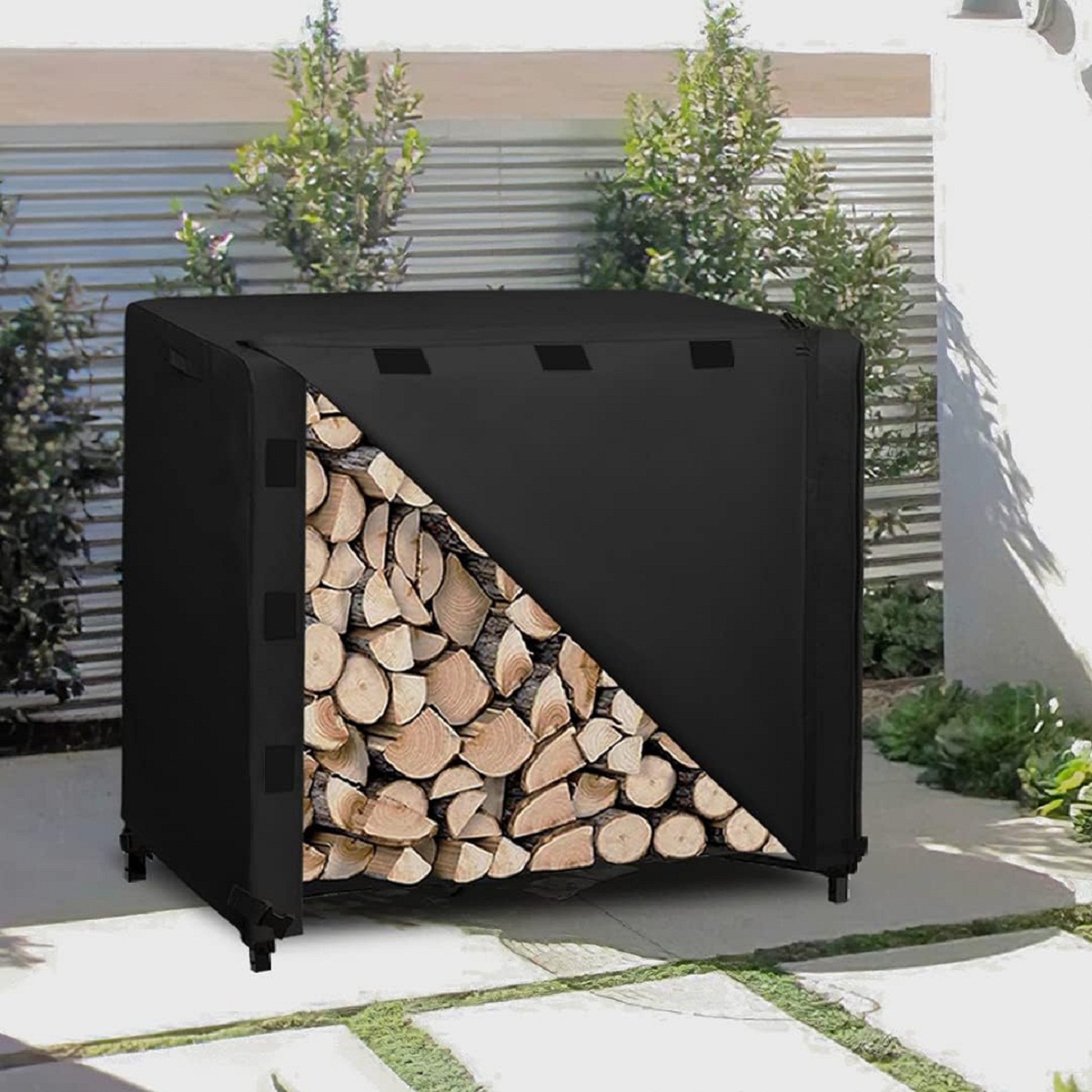



0 thoughts on “How To Store Firewood To Avoid Termites”